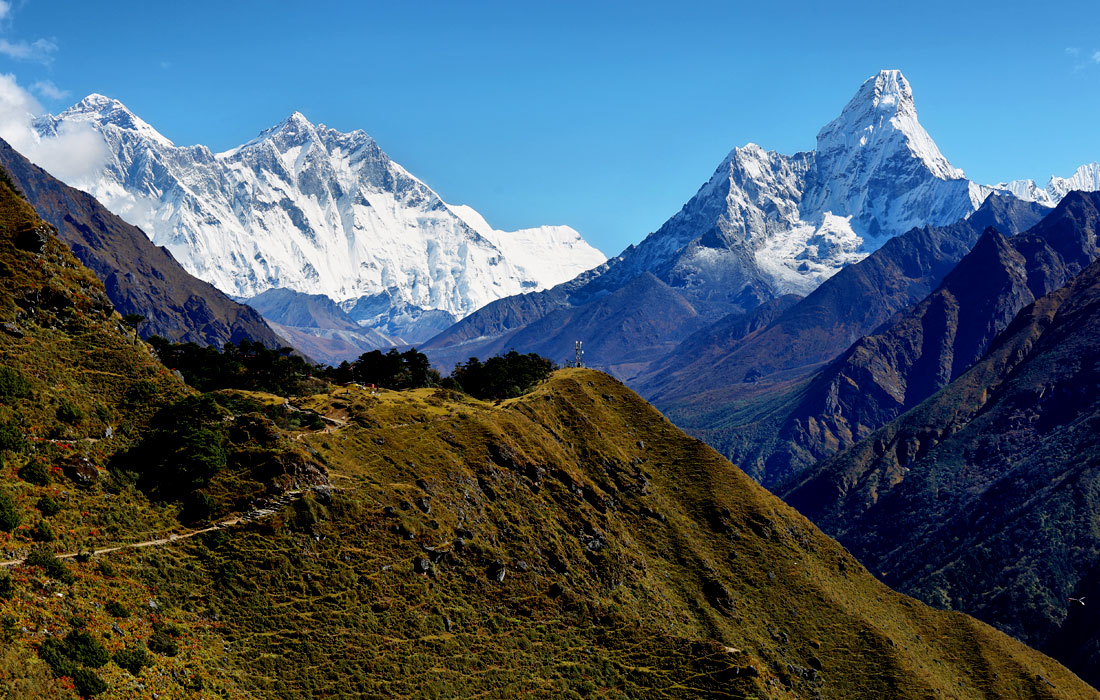The best months for an EBC Trek are February, May, June, and October. The weather is clear and supportive during these months. In addition, the cost is more affordable. The route is also more scenic and you can expect fewer tourists. However, there are some things to know before booking your trip. Read on to learn more.
Limits on size and weight of bags
When planning your EBC trek, it’s important to keep your bag weight and size as low as possible. This means that you should keep your water, food, and other essential items to a minimum. There is a weight limit of 15KG per person for flights from Kathmandu to Lukla, so make sure that your bags don’t exceed this weight limit.
If you’re bringing extra items, you may want to consider the weight and size limits of your bags. The internal flight from Kathmandu to Lukla allows you to carry only 15kg, and you can add an extra kilogram for an extra fee of 110 Nepal rupees. It’s also best to keep in mind that your bags might not be allowed to fly on the plane with you. You’ll also want to take backup batteries with you. A solar charger attached to your daypack can help power your electronics. Also, it’s a tradition on the EBC trek to play cards each night.
If you’re packing for an EBC trek during the winter months, make sure you pack appropriate clothing and equipment. Winter treks can be cold and wet, and you’ll need to prepare for ground ice and colder weather.
Route
The EBC trek is a moderately challenging trek. It begins at 2,680 meters in Lukla and ascends to the high altitude of 5,545 meters at Kala Patthar. The altitude of the trek means that the majority of the journey will be spent walking uphill, which can be difficult for the legs. However, acclimating to the high altitude is possible.
The route of the EBC trek takes about 11 days to complete. It begins in the small village of Lukla, which is 2,840 meters above sea level. From Lukla, the trek takes you through national park and into local villages. Eventually, you will arrive at Everest Base Camp. During the trek, you will have the chance to experience the fascinating culture of the Sherpa people.
Everest Base Camp is located in the Khumbu region of northeastern Nepal. The EBC is divided into two camps: the South Base Camp on the Nepalese side, and the North Base Camp on the Tibetan side. Both camps have stunning views of Everest.
Seasons
Autumn is a good time to trek the EBC region as the temperature is relatively mild. The clear skies and warm days will make the trek more pleasant, but expect cooler nights. There are also fewer crowds at this time of year. You can expect some snowfall in the mountains, which can make your trekking experience more enjoyable.
The best time to go on an Everest Treks is in the fall from September to November. You will encounter less crowds and fewer tourists during this time, which will make your trek much more serene. In addition, there will be more guesthouses and lodges open during this time. The weather around Everest can be unpredictable during this time of year, but it is usually the most favorable season for trekking.
There are several seasons to choose from when planning a trip to the Everest Base Camp. The best time to visit Everest Base Camp depends on the activities that you want to do while there. You should consider whether you want to trek the mountain during winter or in summer. Although winter weather can be harsh, it can provide spectacular views of the mountain.
Cost
The cost of EBC Trek varies a lot depending on the services you need. If you plan to hire a guide and porter, it will cost you around $20 to $30 per day. Some porters charge even more for two people. You can hire them through a Kathmandu agency or find them in Namche Bazaar.
If you’re going on a budget, you can do the trek in as little as ten days, depending on your desire. You’ll likely need to spend about two days in Lukla acclimatization before you start your trek. In total, you’ll spend between $ 1350 and $4200, depending on your itinerary and the length of your trek.
You’ll also need to purchase proper trekking equipment for the trek. It will cost from $200 to $500 for starter’s trekking gear, including trekking poles and warm gloves. You should also buy a travel insurance policy in case you need to get injured or need medical attention.
